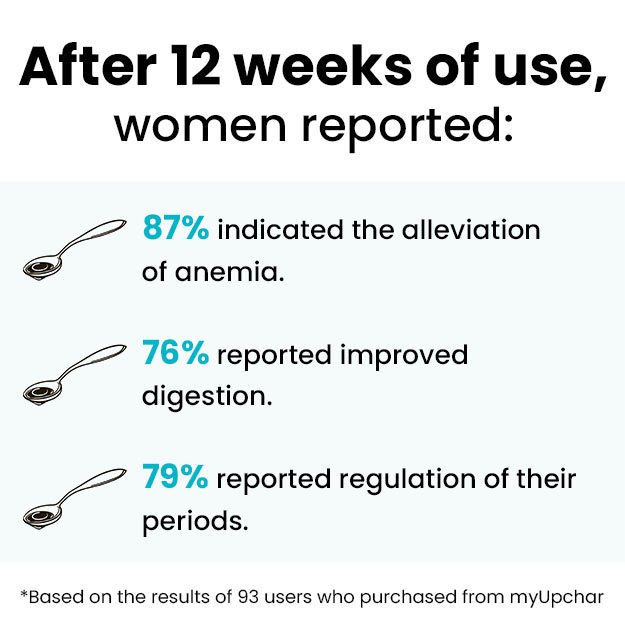What is Myoglobin Urine test?
Myoglobin is a protein found in skeletal and cardiac muscles. It stores oxygen and supplies it to these muscles in times of intense activity.
However, in people with muscle damage or a heart attack, myoglobin is released from the muscle cells and into the bloodstream. The free myoglobin is then eliminated from the body via kidneys. If not controlled in time, excess myoglobin can lead to kidney damage.
A myoglobin urine test detects the amount of myoglobin that is excreted in your urine. It helps your doctor to detect muscle damage and prevent kidney failure.


































